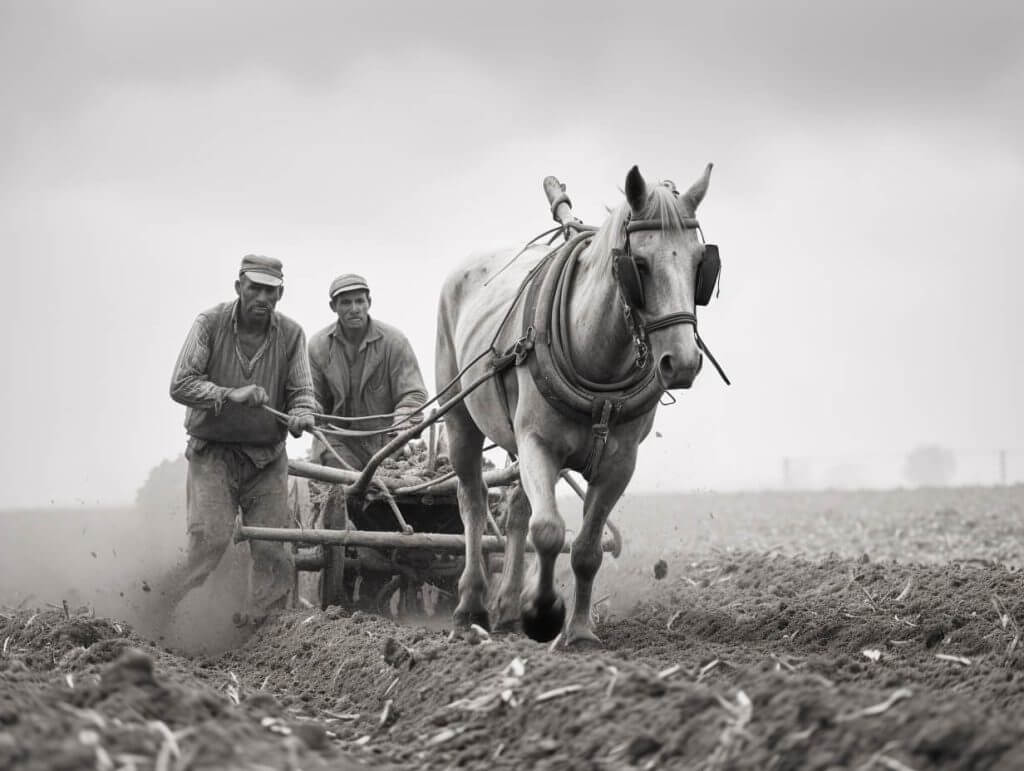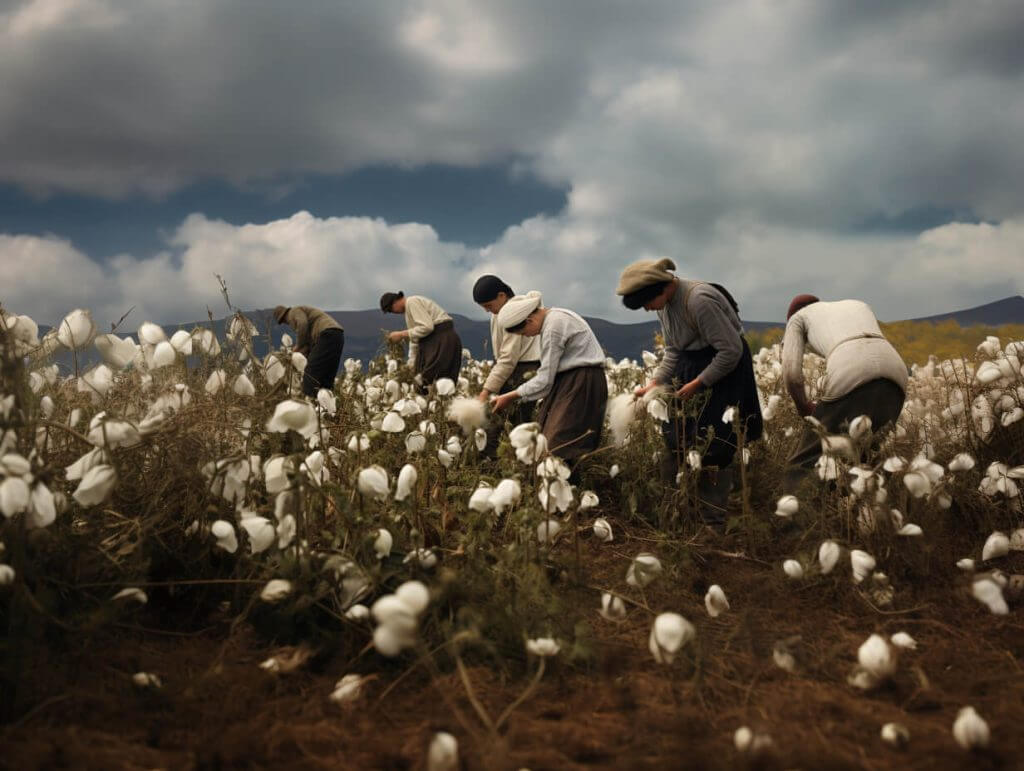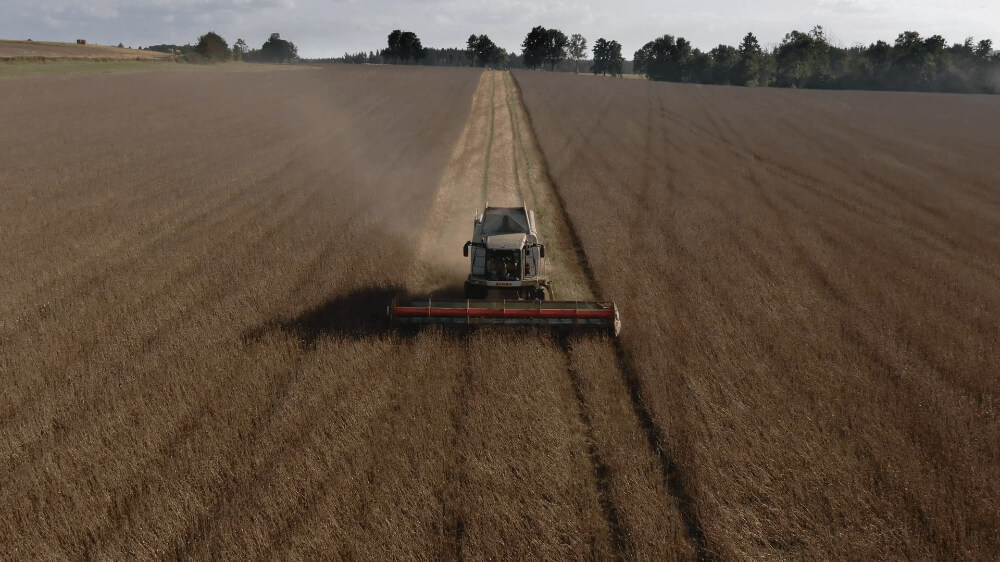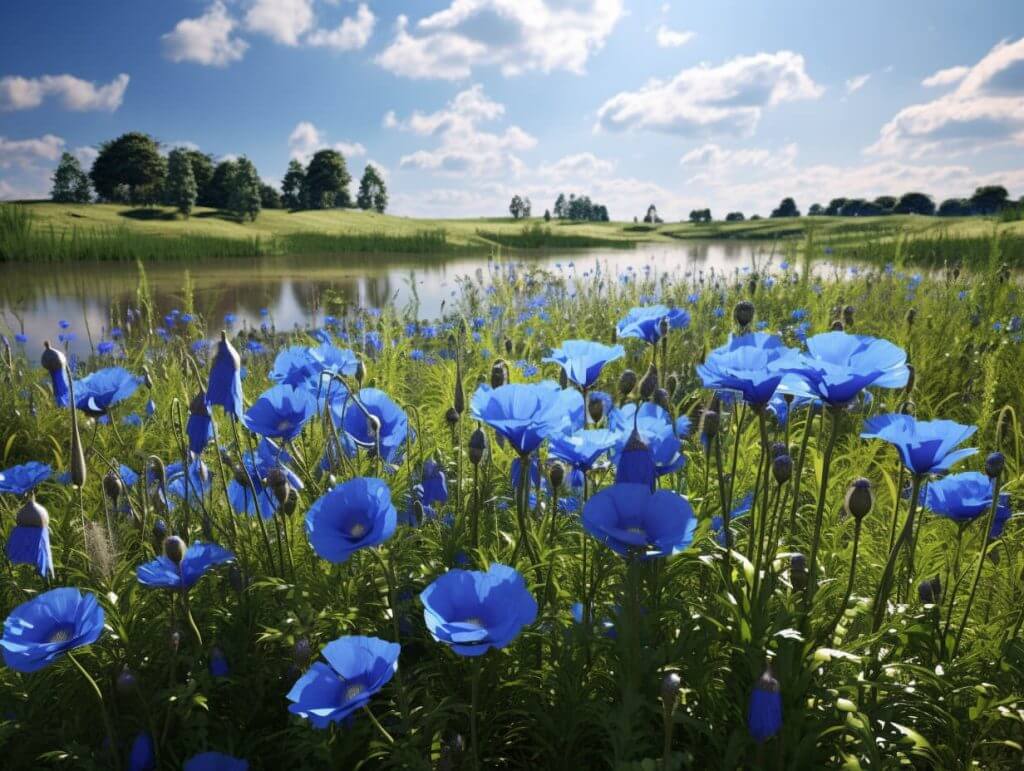History of the Czech poppy
The poppy (Papaver somniferum in Latin) is an annual oilseed plant that is cultivated for its seeds, which are used to produce ground poppy, oil or opium. Its seeds, in particular, have many different uses due to their typical taste and scientifically proven beneficial effects on the human body. The best known is the popular poppy seed filling, the basic ingredient of which is most often stabilised ground poppy seeds, or heat-treated and ground white poppy seeds. Poppy has a long history of cultivation in the Czech Republic, with the oldest findings dating back to the Bronze Age.
The origins of poppy cultivation in the Czech Republic
The earliest finds of poppies in what is now the Czech Republic date back to the Late Bronze Age in the West Bohemian town of Ostrov u Stříbro. The discovery of more poppy seeds in the Tachov region also dates from this period.
It is believed that the traditional blue poppy was brought to the Czech Republic by the Celts, who settled on our territory in the 6th century BC. The Celts cultivated poppies mainly to produce oil, which was used for cooking, lighting and also for lubrication. Poppies were also used as a medicine as they contain oleic acid, which supports the heart and helps to lower blood pressure.


Poppy cultivation in modern times
In the modern period, poppy cultivation continued to expand in the Czech Republic. In the 19th century, poppies were also cultivated for the production of opium, which was used as a remedy for pain and insomnia. Poppies were also used as one of the foods that strengthen brain function and improve memory, and thus became one of the main ingredients used especially in baking.
By the end of the 19th century, the Czech Republic was already the largest producer of poppies not only in Europe but in the whole world. Most poppy fields were located in central Bohemia around Prague or in the vicinity of Čáslav and the South Bohemian town of Tabor. At that time, poppies were grown mainly on small family farms. The cultivation, processing and export of poppy seeds was an important part of Czech agriculture and contributed to its prosperity. In 1896, poppies were cultivated on an area of almost 2 000 hectares, compared to more recent data – in 2020, the area was almost 40 000 hectares.


Poppy cultivation in the 20th century
The 20th century saw a decline in poppy cultivation in the Czech Republic. To illustrate, in 1950, the area under poppy had shrunk almost tenfold and poppy fields covered only 300 hectares. This decline was caused by several factors in addition to the change in agricultural policy due to the new regime in the Czech Republic. First of all, the cultivation of poppies for the purpose of opium production was reduced, as this substance gradually began to be replaced by newly invented synthetic substances and medicines. In spite of this, however, the Czech poppy has remained one of the finest varieties worldwide and its presence in the food industry has remained irreplaceable.
Protecting the Czech blue poppy
In 2021, the Czech blue poppy was registered as a Protected Geographical Indication (PGI) and the use of this name is very strictly monitored. The Czech blue poppy is an annual oilseed plant that is grown mainly in the Czech Republic, but also has a tradition in Slovakia and Austria. The blue poppy has a characteristic blue flower colour and is considered to be one of the finest varieties of poppy in the world. The renaissance of the Czech blue poppy is currently under the care of the Czech Blue Poppy Association, which brings together not only growers and processors of this poppy variety, but also expert advisers and food poppy traders.
Uses of the Czech poppy
Czech blue poppy is currently used mainly for the production of oil, ground poppy and opium. Poppy seed oil is a light, fine oil that is used primarily in the kitchen, but can also be used as a medicine in the form of external lubrication. Ground poppy is used as a delicacy and also as a raw material for the manufacture of bakery and confectionery products, as well as in the production of certain alcoholic beverages.